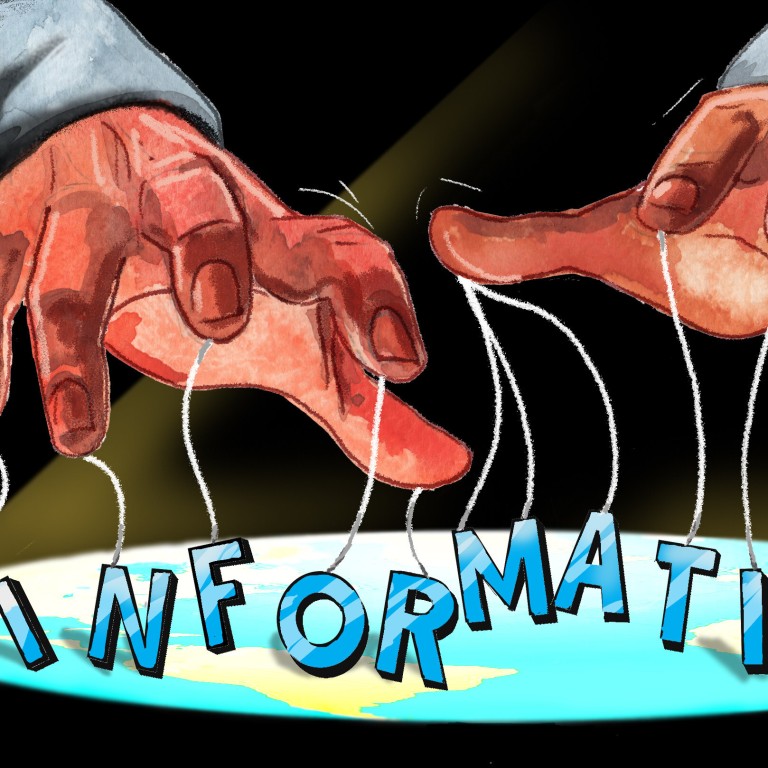
Xinjiang ‘genocide’ claims and coronavirus origins: beware of spin and disinformation amid rising US-China tension
- As the Iraq war and Tiananmen Square crackdown have shown, accepted narratives can prove to be wrong. The lesson amid today’s shifting geopolitics is: don’t pass judgment too quickly, especially when things are evolving
The world believes large numbers of people were “massacred” at the square on June 4. Bob Hawke, who was the Australian prime minister in 1989, read part of a diplomatic report in public just days after.
He said: “When all those who had not managed to get away were either dead or wounded, foot soldiers went through the square bayoneting or shooting anybody who was still alive … anti-personnel carriers and tanks then ran backwards and forwards over the bodies of the slain until they were reduced to pulp, after which, bulldozers moved in to push the remains into piles which were then incinerated by troops with flame-throwers.”
The report noted that diplomats knew soon after the Tiananmen Square incident that many of the details, including those read out by Hawke, were false.
Soldiers at the square were unarmed and people filed out peacefully. Confrontations between people and soldiers did take place away from Tiananmen Square. Yuan did admit that about 300 civilians and soldiers died.
None of this is directed at whitewashing what happened in Beijing. But an important part of the accepted narrative was false. The Australians and British were fed disinformation by a source that remains a mystery.
The US administration of the day had stretched the intelligence to support its case while downplaying disagreements that existed in the intelligence community. Senior US leaders spun the intelligence and produced propaganda to construct a case for war to promote regime change.
The Iraq war officially ended in 2011. Documented civilian deaths over the eight years stand at more than 120,000. The real number is likely to be much higher. The total human cost of war must also include injuries and longer-term health problems together with displacements, hunger and poverty.
What happened to Iraq should make us reflect on what seems to be a warmongering narrative developing around Taiwan.
It is hard to swallow this wholesale. The Chinese government and reputable independent voices are speaking out against the claim, which also needs to be seen against the backdrop of what looks like a US campaign to demonise China using human rights as the club.
Anti-terrorism prevention and re-education classes may have been too zealous at times but genocide is another order of magnitude altogether. Beware the spin – we have seen truth-stretching before.
Then there is the question of the origins of Covid-19. There are two theories. The first, and dominant, theory is that the virus jumped from bats, via an animal vector, to humans.
This is the theory that mainstream science, globally, most supports. Its primary appearance in China centres on the Wuhan wet market. The second theory is that there was an accidental leak from the Wuhan Virology Institute.
Reports are emerging from various sources that there has been US-China research collaboration on bioscience that involved viruses.
Lab leak or nature? Debate heats up on the origins of Covid-19 virus
Questions are being asked not only over who is funding what kind of research and whether the research centres in China and the US have observed the highest safety protocols when handling viruses, but also whether such research should be done at all because leaks could lead to dangerous outbreaks.
Much as one party may wish to pin the blame on the other, the real picture may well be a whole lot more complex. Watch this space.
The moral here is: don’t pass judgment too quickly, especially when things are evolving. Shifting geopolitics and the conflict between the US and China are throwing out many competing narratives.
The lesson from the Iraq war is to be vigilant about spin, misinformation and disinformation. We are relearning this lesson today.
Christine Loh, a former undersecretary for the environment, is an adjunct professor at Hong Kong University of Science and Technology



